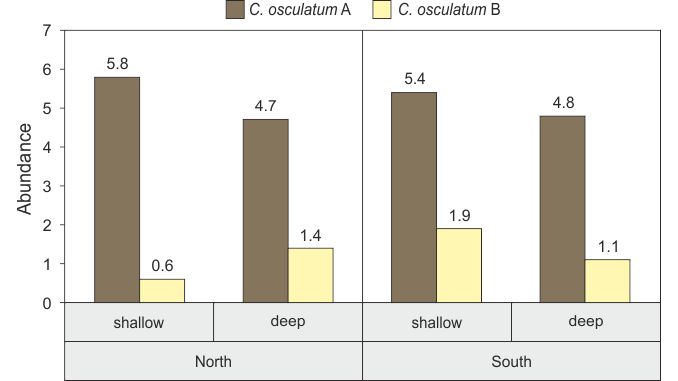
Paper category: Original research paper
Corresponding author: Katarzyna Najda (katarzyna.najda@biol.ug.edu.pl)
DOI: 10.1515/ohs-2018-0014
Received: August 26, 2017
Accepted: January 03, 2018
Full text: here
Citation (APA style):
Abstract
The Ascaridoidea are parasites with heteroxenous life cycles. The study shows that fish can be paratenic, intermediate, or final hosts for parasites, and parasitic fauna reflects the feeding behavior of the hosts. Each species of parasites has also different environmental preferences and host specificity. Parasitic nematodes of fish representing Pleuronectidae, Gadidae, Sebastidae, and Macrouridae were studied. Worms were collected separately from different infection sites: stomach, intestine, liver and body cavity. Nematodes were identified using both morphological and molecular methods (PCR-RFLP). Six nematode species were recorded: Anisakis simplex s.s., Contracaecum osculatum A, B, and C. osculatum C (s.s.), Hysterothylacium aduncum and Pseudoterranova bulbosa. Anisakis simplex s.s. was the most numerous nematode species of all catches combined. Differences in parasite species composition were related to the depth and location of sampling areas. In the fish from deep waters, the abundance of A. simplex s.s. decreased compared to fish from shallow waters and P. bulbosa was the dominant species. Ascaridoid species have specific preferences regarding the impact on various internal organs of fish, which is reflected in their abundance. The presence of Ascaridoidea in the Barents Sea is associated with the distribution of hosts and varying food preferences related to the age of fish. The abundance of parasites varied between different host species.



Bądź pierwszy, który skomentuje ten wpis